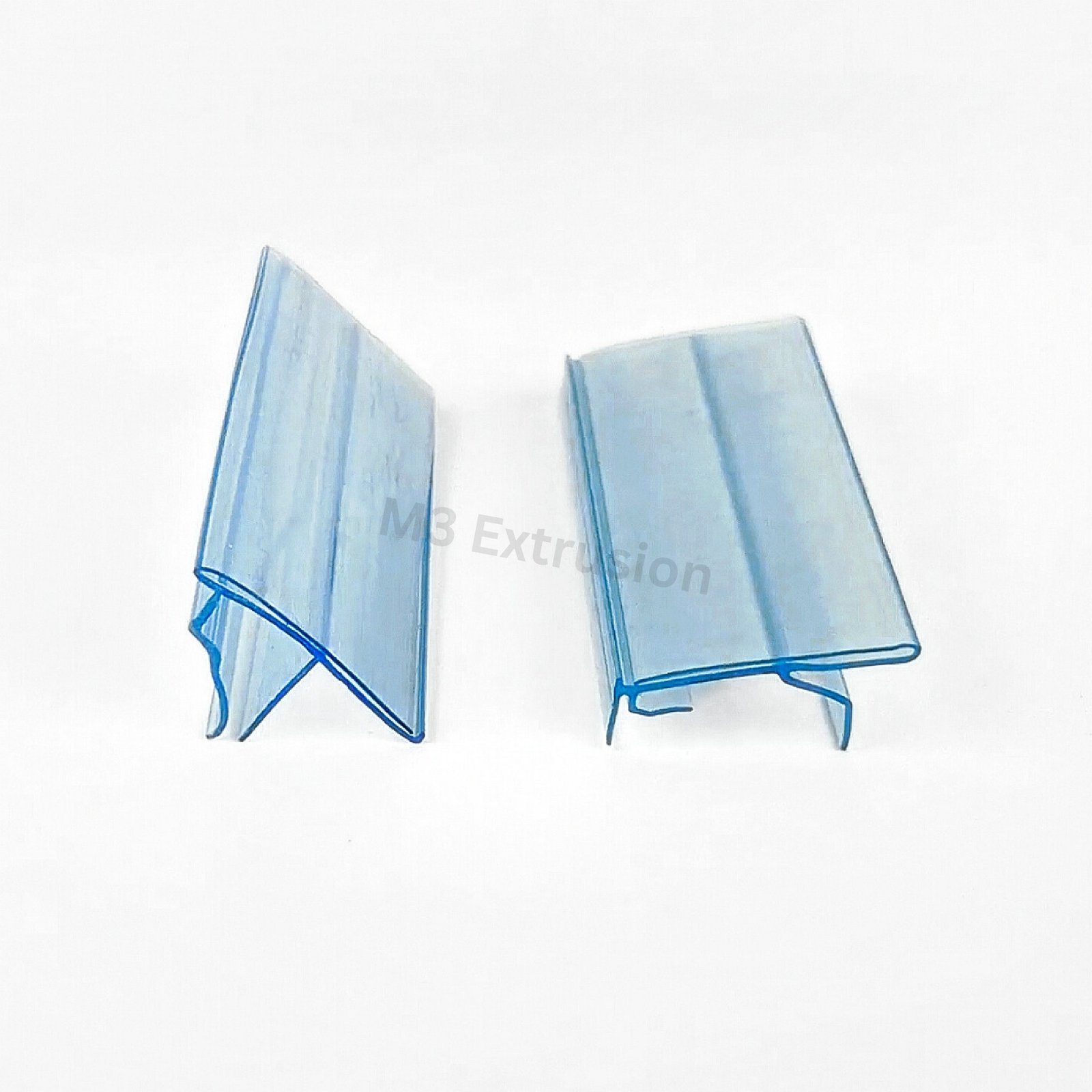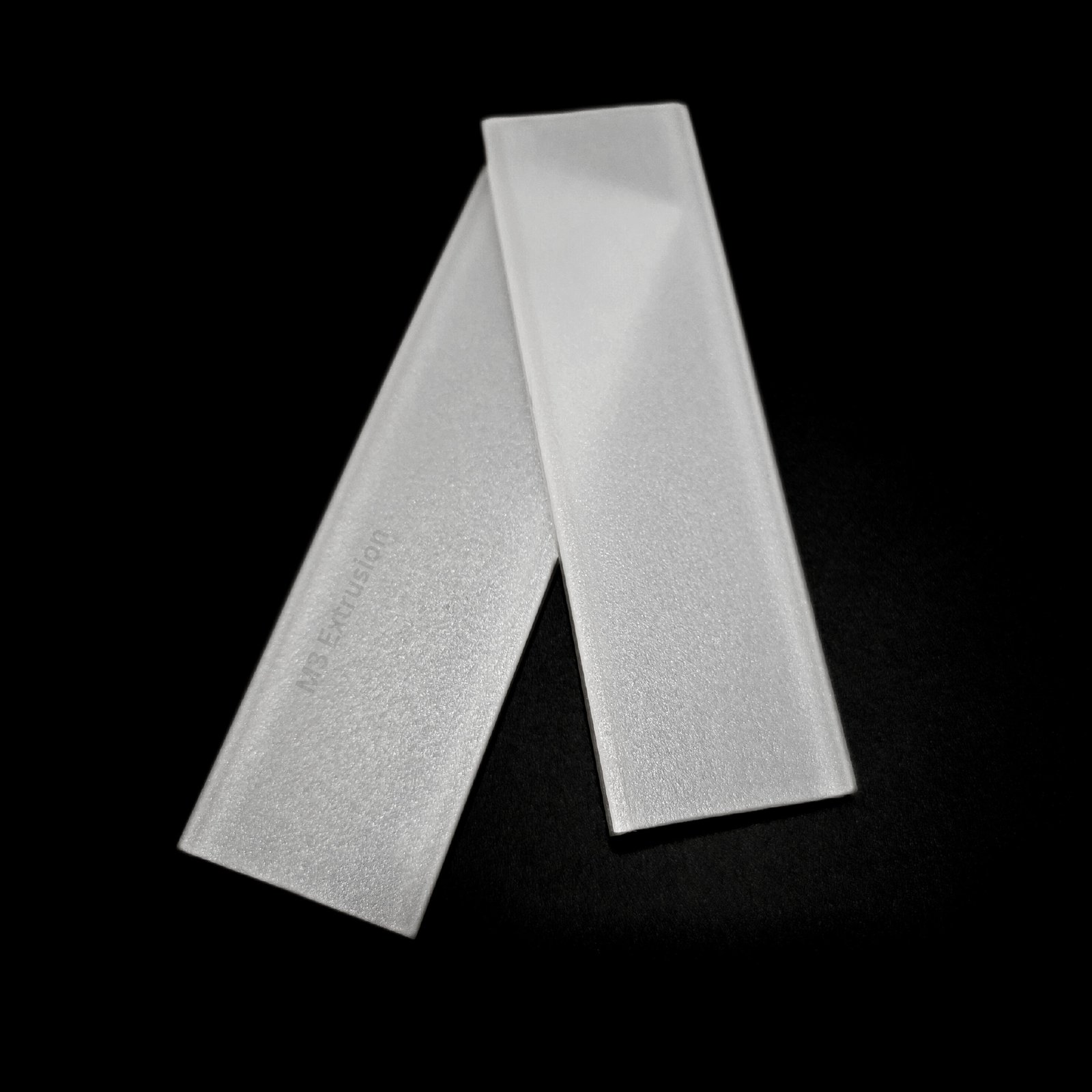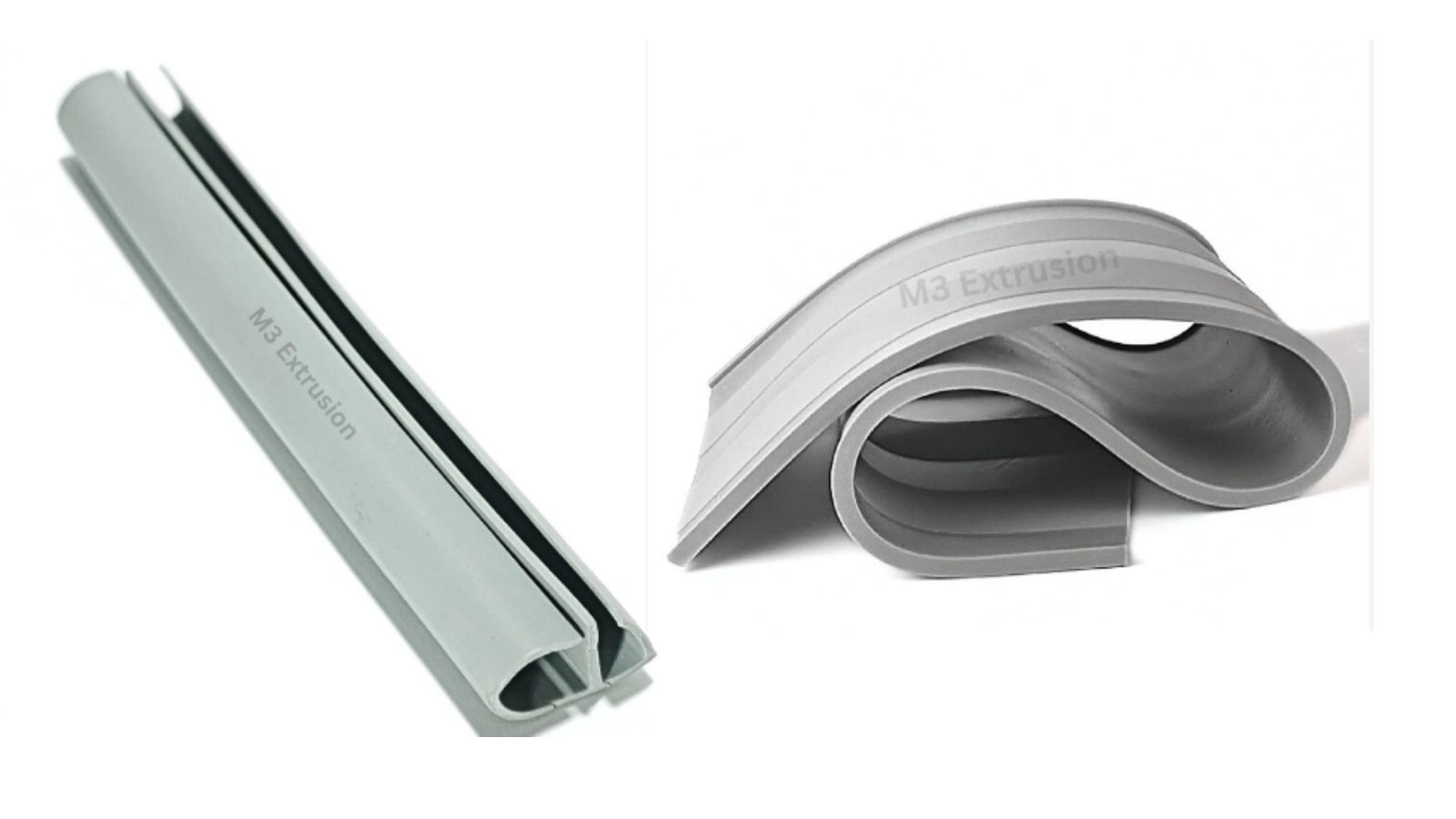Good lighting can completely change the feel of a space. If the light is too harsh, it can create glare and eye strain. If it’s uneven, some areas might be too bright while others remain in shadows. The key to achieving soft, balanced lighting is using the right kind of light diffuser. This is where polycarbonate diffusers come in.
A polycarbonate diffuser helps spread light evenly to make it softer and more pleasant. It reduces glare, prevents bright spots, and ensures that light is distributed smoothly across a room. The glass or acrylic, polycarbonate is strong, impact-resistant, and long-lasting, which makes it an excellent choice for both homes and businesses.
In this blog, we’ll explore how polycarbonate diffusers work, why they are a better choice compared to other materials, and how you can use them to create a comfortable, well-lit environment.

Understanding Polycarbonate Diffusers
A polycarbonate diffuser is a special type of panel or cover used in lighting fixtures to spread light evenly. Instead of allowing light to pass through directly, it softens and scatters the light, reducing glare and eliminating harsh shadows. This helps create a more comfortable and well-balanced lighting environment.
Polycarbonate is a highly durable material known for its impact resistance, making it a better option than glass or acrylic. It is lightweight, shatterproof, and can withstand high temperatures, making it suitable for both indoor and outdoor lighting applications.
These diffusers come in different textures and finishes, such as frosted, prismatic, or opal, each designed to control the way light is distributed. By using a polycarbonate diffuser, you can achieve smooth, uniform lighting that enhances both functionality and aesthetics in any space.
Key benefits of Polycarbonate Diffusers
Polycarbonate diffusers make lighting softer and more comfortable by spreading light evenly and reducing glare. They are strong and lightweight and don’t break easily like glass, making them safer to use. Plus, they resist UV damage, so they don’t turn yellow over time.
They also help save energy by distributing light more efficiently. Whether indoors or outdoors, they are a durable and practical choice for better lighting.
Factors to Consider for Achieving the Best Lighting with a Polycarbonate Diffuser
Match It with the Right Light Source: Not all diffusers work the same with every light. Some are better for LEDs, while others work well with fluorescent bulbs. You can choose the right combination to ensure the light spreads evenly without any harsh spots.
Find the Right Thickness and Transparency: A thicker diffuser softens the light and reduces glare, while a thinner or more precise one lets more brightness through. If you want a cozy, diffused glow, go for a frosted or thick diffuser. If you need a brighter space, a clearer one works better.
Pick the Right Surface Finish: Diffusers come in different finishes, such as frosted, matte, or clear. Frosted and matte ones reduce glare and spread light evenly. Clear ones let in more brightness, making them ideal for display areas or industrial spaces.
Make Sure It’s UV-Resistant: If your diffuser will be exposed to sunlight, make sure it has UV protection. This keeps it from turning yellow or becoming brittle over time, so it stays looking good for longer.
Choose the Right Shape and Design: It is crucial to choose the right shape of a polycarbonate diffuser. It helps control how light spreads in a space. A flat diffuser gives direct, even lighting. A curved or domed diffuser spreads light more widely.
Whereas, patterned designs can help diffuse light in unique ways that reduce glare and enhance aesthetics. By selecting the proper shape, you can improve comfort, efficiency, and the overall look of your lighting.
Install It Properly: A poorly installed diffuser can cause uneven lighting or light leaks. Whether it’s clipped, framed, or snapped in, proper fitting makes a big difference in how the light looks and feels.
Check Its Heat Resistance: Lights generate heat, and a good-quality diffuser should be able to handle it without warping or changing color. This ensures it stays durable and works well over time.
Applications of Polycarbonate Diffusers
Home Lighting
Polycarbonate diffusers are widely used in homes for ceiling lights, lamps, and LED panels. They help spread light evenly, reducing harsh glare and creating a cozy, comfortable atmosphere. Whether in living rooms, bedrooms, or kitchens, they make lighting softer and more pleasant.
Offices & Workspaces
Bright and even lighting is essential for office productivity. Polycarbonate diffusers help distribute light uniformly, reducing eye strain and creating a comfortable work environment. They are commonly used in overhead LED panels and desk lamps to ensure a well-lit workspace.
Street & Outdoor Lighting
Outdoor lighting needs to be durable and efficient. Polycarbonate diffusers are used in streetlights, parking lot lights, and outdoor fixtures because they can withstand weather conditions like rain, heat, and cold. They also help reduce glare, making outdoor spaces safer for pedestrians and drivers.
Hospitals & Healthcare Facilities
In hospitals, lighting plays a crucial role in creating a calming and functional environment. Bright, harsh lights can be uncomfortable for patients, while dim lighting can affect medical procedures. Polycarbonate diffusers help balance brightness, providing soft yet adequate lighting in patient rooms, hallways, and operation theaters.
Conclusion
Using a polycarbonate diffuser is one of the best ways to achieve soft, uniform lighting. Choosing the right thickness, surface finish, and shape will help you control how light spreads, reducing glare and creating a comfortable atmosphere.
For the best results, choose a high-quality polycarbonate extrusion profile. M3 Extrusion specializes in manufacturing durable and precise profiles that ensure excellent light diffusion, strength, and longevity.
Frequently Asked Questions (FAQs)
1. How does a polycarbonate diffuser improve lighting?
A polycarbonate diffuser spreads light evenly, reducing glare and harsh shadows. It helps create a soft, uniform glow, making lighting more comfortable and visually appealing.
2. Can polycarbonate diffusers be used with LED lights?
Yes, polycarbonate diffusers work well with LED lights. They help distribute light evenly, improving brightness and efficiency while protecting the LEDs from dust and damage.
3. Do polycarbonate diffusers turn yellow over time?
High-quality polycarbonate diffusers, especially UV-resistant ones, do not turn yellow quickly. Choosing a UV-protected diffuser ensures long-lasting clarity and performance.
4. Are polycarbonate diffusers better than acrylic diffusers?
Yes, polycarbonate diffusers are more impact-resistant and durable than acrylic ones. They also handle heat better, which makes them ideal for long-term use.




